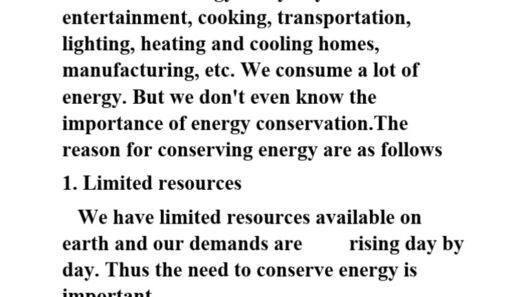The dynamics of collisions present an elaborate tapestry woven from the threads of physics. To the untrained eye, a collision might appear as a simple interaction—two objects meeting, perhaps with a clatter or a shudder. However, beneath this surface spectacle lies a fascinating interplay between the elements of momentum and kinetic energy. This article delves into whether these fundamental principles are stalwart companions in all collisions or if their allegiance wavers under certain conditions.
The quest begins by establishing an understanding of the core concepts of momentum and kinetic energy.
The Untamed Nature of Momentum
Momentum, a vector quantity characterized by the product of an object’s mass and its velocity, possesses an almost magnetic resilience. It is a fundamental tenet of classical mechanics, asserting that the total momentum of a closed system remains constant—assuming no external forces intervene. This intrinsic loyalty, known as the law of conservation of momentum, serves as the bedrock of collision mechanics, holding steadfast in the face of various scenarios.
In the realm of collisions, momentum behaves rather like a gamesmaster orchestrating a grand event. Picture two billiard balls, majestic and unyielding. When they collide, momentum shifts from one to the other, ensuring the sum of their momenta remains constant. This principle not only encapsulates elastic and inelastic collisions but also highlights the assurance that as long as the system remains isolated from outside influence, momentum reigns supreme.
The Elegant Dance of Kinetic Energy
In contrast, kinetic energy, a scalar quantity defined as one-half the mass of an object multiplied by the square of its velocity, occupies a somewhat more intricate position within the realm of collisions. With the alluring appeal of a graceful ballet, kinetic energy captures the essence of movement but does not possess the same unyielding constancy as momentum. The law of conservation of kinetic energy applies only to elastic collisions, where no energy is transformed into alternate forms, such as thermal energy or sound. This distinction is critical as it creates a dichotomy between elastic and inelastic collisions, painting a more complex picture.
In an elastic collision, like two perfectly hard spheres meeting head-on, both momentum and kinetic energy triumphantly emerge unscathed. Energy is transformed without loss, embodying a perfect exchange that preserves the total kinetic energy of the system. Conversely, an inelastic collision introduces a fascinating twist. Here, objects might stick together, transforming their kinetic energy into other forms and leaving behind shattered remnants of their former velocity. Consequently, while momentum remains conserved in such an event, the total kinetic energy diminishes, underscoring its more fickle nature.
The League of Collisional Interactions
As we traverse the vast landscape of collisional interactions, a multitude of nuances arises, redefining our understanding of these core principles. Take, for example, perfectly inelastic collisions, where objects entangle like dancers catching the rhythm of each other’s movements. In this scenario, while momentum retains its constancy, kinetic energy faces loss through thermal transformation and sound. This phenomenon leads to a compelling conclusion: inelastic collisions serve as a stark reminder that energy can be a silent casualty, dissipating into the ether rather than remaining within the kinetic domain.
Another noteworthy facet of collision dynamics involves angular momentum, a concept akin to a celestial waltz. When objects rotate, their angular momentum is equally protected under the same conservation laws. This intriguing correlation between linear and angular momentum amplifies the complexity of understanding collisions, as both forms of motion must be harmonized to fully grasp the dynamics at play.
Finding Harmony in Collision Mechanics
The dance of conservation principles within collisions illustrates a broader philosophical insight into the laws of nature. Just as a conductor guides an orchestra, creating an exquisite harmony, so do these principles govern the interactions of matter in the physical realm. Momentum behaves as a steadfast backbone, impartially governing the interactions, while kinetic energy pirouettes through various forms, embodying the transformative essence of motion.
Exploring the depth of these concepts reveals an interconnectedness that transcends the simplicity of initial appearances. They provide insights into everything from the mundane—such as car crashes or sports collisions—to the grand—like the interactions of celestial bodies in the cosmos. Through an understanding of these principles, engineers can design safer vehicles, physicists can predict the paths of particles in accelerators, and even sports scientists can analyze player interactions to enhance performance.
This exploration into momentum and kinetic energy in collision dynamics showcases the marvels of physics. Momentum remains the revered guardian of conservation laws amidst every collision, exuding a level of permanence that is compromised only under specific conditions. In contrast, kinetic energy’s more capricious nature sheds light on the intricacies of energy transformation and loss. In every crack, clatter, and collision lies a story waiting to be unraveled, illuminating the pathway towards a deeper appreciation of the natural world we inhabit.







